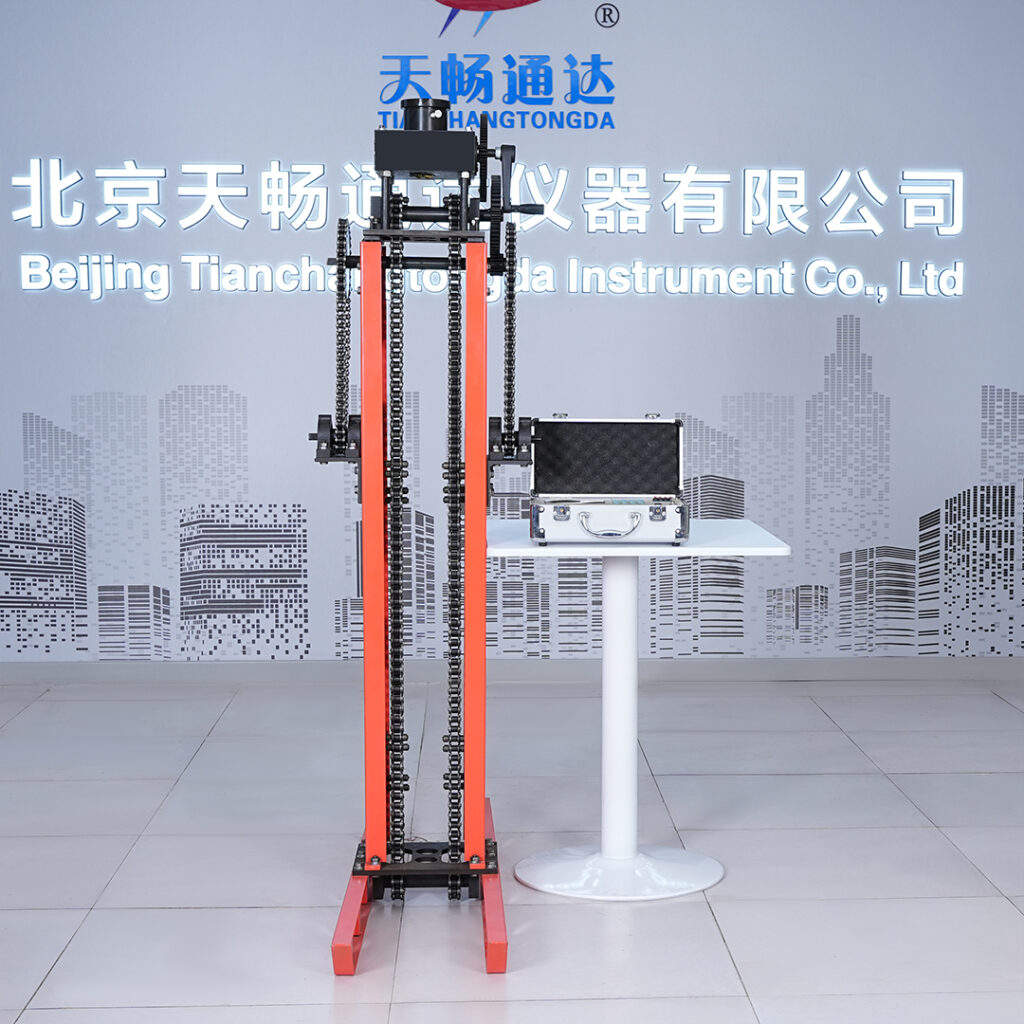When it comes to in-situ soil testing, accuracy is non-negotiable. The Static Cone Penetrometer (SCPT) is a precision instrument designed to deliver real-time, high-resolution soil resistance data. But like any scientific tool, even the best device is only as good as its calibration.
In this article, we’ll explore why calibration matters, how often it should be done, what procedures are involved, and how our SCPT model is built to make the process easy and reliable.
Whether you’re operating a penetrometer in the field or managing equipment across multiple job sites, understanding the calibration process ensures you’re always working with trustworthy data.
🧭 Why Calibration Matters in SCPT Testing
Calibration is the process of adjusting the device to ensure that its readings match a known standard. In soil testing, even a small error in cone resistance or sleeve friction can lead to flawed designs, foundation failures, or incorrect classification of soil strength.
The risks of poor calibration:
- Misinterpreted soil layers
- Underestimated bearing capacity
- Over-designed (and unnecessarily expensive) structures
- Regulatory rejection of test reports
✅ Our Static Cone Penetrometer is designed with stable electronics and independent channels to reduce calibration drift, but routine checks are still essential.
🔍 Key Parameters That Require Calibration
- Cone Resistance (qc)
- Ensure load cell values reflect true penetration resistance.
- Verify against a standard calibrated load platform or test weight.
- Sleeve Friction (fs)
- Must be verified to reflect correct side resistance, especially in cohesive soils.
- Depth Reading
- Confirm sensor or encoder values match actual insertion depth.
- Pore Pressure (optional)
- If using a piezocone, calibrate the pressure transducer in both water and air.
- Friction Ratio (Rf)
- Derived from qc and fs, so it depends on the correct calibration of both.
🛠️ How to Calibrate a Static Cone Penetrometer (Step-by-Step)
Step 1: Prepare Calibration Equipment
- Use a certified load cell or calibration bench.
- Set up the cone in a vertical, stable position.
Step 2: Zero the Readings
- Power on the SCPT device.
- Press the zero button or enter zeroing mode via the menu.
Our model allows manual zeroing on-site, visible via the LCD interface.
Step 3: Apply Standard Weights or Test Loads
- Incrementally apply known loads to the cone and sleeve.
- Record the sensor output at each load point.
Step 4: Compare with Manufacturer Baselines
- Ensure output falls within ±0.1% accuracy range (our device default).
- Check resolution: should be 1/20000 or better.
Step 5: Store or Reset Calibration
- If readings are consistent, store the calibration curve.
- If discrepancies exceed limits, re-run or contact support.
💬 Need a video tutorial or remote guidance? Message us directly on WhatsApp
📆 How Often Should You Calibrate?
| Scenario | Recommended Frequency |
|---|---|
| Daily use in rough field conditions | Every 1–2 weeks |
| Occasional use | Before each major project |
| After transportation or shock | Immediately |
| After software/firmware update | Immediately |
| As per ISO/ASTM standards | Typically monthly or quarterly |
🔧 Calibration-Friendly Features in Our Model
Our SCPT unit is designed with calibration efficiency in mind:
| Feature | Benefit |
|---|---|
| 🧠 Independent A/D channels | Prevents signal interference between sensors |
| ⚙️ Manual zeroing function | Field-friendly calibration at any location |
| 💻 USB & RS232 ports | Easy data transfer and calibration log export |
| 📊 Real-time display | View sensor outputs during calibration |
| 💾 Internal memory | Store multiple calibration sessions securely |
Learn more on the product specification page
⚠️ Common Calibration Mistakes to Avoid
| Mistake | How to Fix |
|---|---|
| Using unverified weights | Always use certified calibration tools |
| Skipping calibration after transport | Always recalibrate if dropped or bumped |
| Not logging calibration sessions | Use internal memory or export via USB |
| Assuming factory calibration is forever | Regular use requires regular recalibration |
🙋 Frequently Asked Questions
Q1: Do I need special tools for calibration?
Yes — we recommend a certified load cell or a mechanical test stand. Contact us for supplier suggestions.
Q2: How do I know if my penetrometer needs recalibration?
Watch for drifting results, inconsistent values between tests, or deviation from previous baselines.
Q3: Can I calibrate in the field?
Yes. Our unit is fully field-calibration capable, no laptop required.
💬 Need assistance? Message us now on WhatsApp
📞 Stay Accurate. Stay Compliant. Calibrate Regularly.
Don’t let a small error become a big problem. With the right calibration routine, your SCPT device will serve you with precision and consistency, project after project.
✅ Get the specs: Static Cone Penetrometer
✅ Get help now: WhatsApp Contact
✅ Browse more instruments: Visit Homepage
Calibration isn’t optional — it’s essential.
Choose a penetrometer that respects your accuracy standards.
Choose TestEquipHub.
